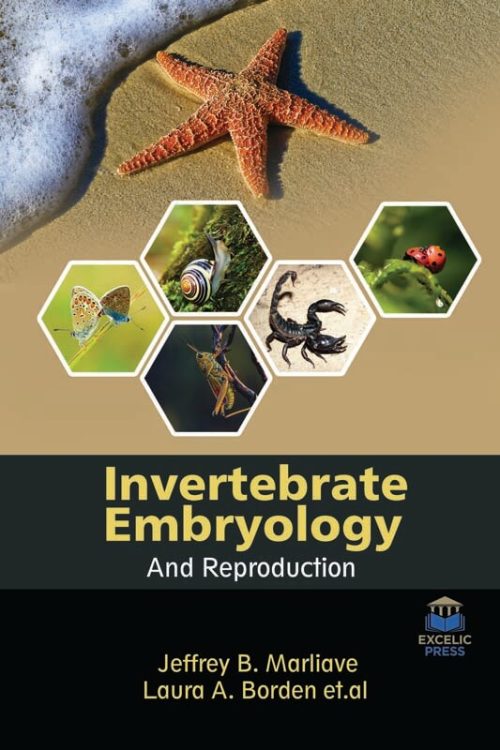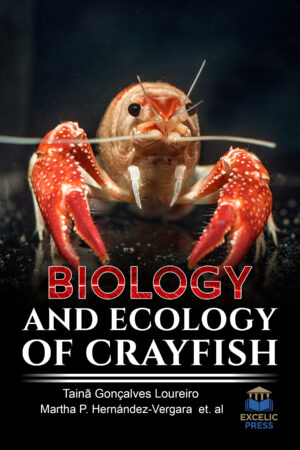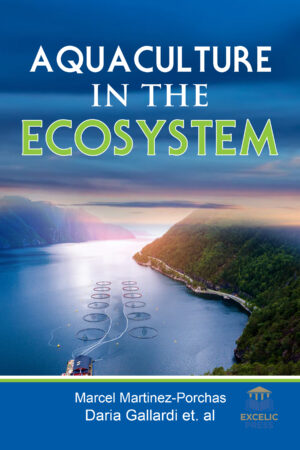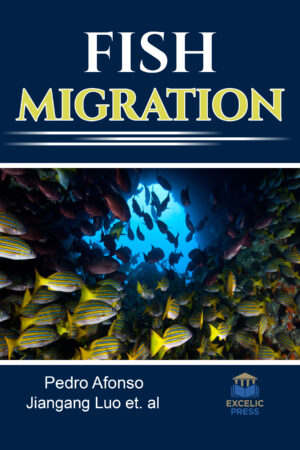Description
In the world’s natural communities, invertebrates are called the most varied animals; they are leading species in the food webs, and in the midst of the ecosystem engineers, connected with agriculture. They play the main influence on productivity and consequently provide a significant role in food security.
This book deals with the theoretical and practical information of the descriptive embryology of invertebrates, along with studies on reproduction in these types of animals. The first chapter of this book presents a theory of scree slope drift formation at sponge reefs as a means of relatively rapid growth for bioherms and further posits that such recovery does not ordinarily occur at sponge gardens. In the face of high proportions of yearly colony losses, queen health and fecundity has been a significant focus of business and analysis. Consequently, the book focuses on the reproductive senescence in drones of the honey bee.
In the succeeding chapters, the book focuses on pond snail reproduction as model in the environmental risk assessment; reproduction and population dynamics as biotypic markers of Russian wheat aphid digraphs noxia (kurdjumov); coelomocytes biology and possible immune functions in invertebrates with special remarks on nematodes; emigration speed and the production of sexuals in colonies of the ant hemothorax crassispinus under high and low levels of disturbance; the evolution of caste-biasing symbionts in the social Hymenoptera.
Sexual communication and behavior are key for mate-finding and generative isolation between species. Understanding sexual behavior requires knowledge of the underlying signals and how factors, such as environmental conditions, time of day, insect experience, and insect physiological, state modulate communication and behavior. Here in this book, elements of mating behavior in male and female D. suzukii is highlighted. It examines the timing of fly mating behavior and the age at which flies become sexually active. In recent decades dramatic increases and temporal shifts in jellyfish abundance have been reported from coastal areas around the globe, with equally dramatic effects on ecosystem functions and services.





